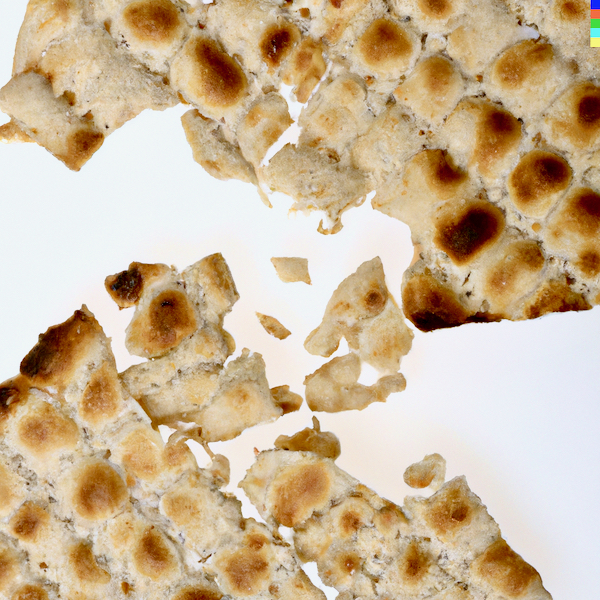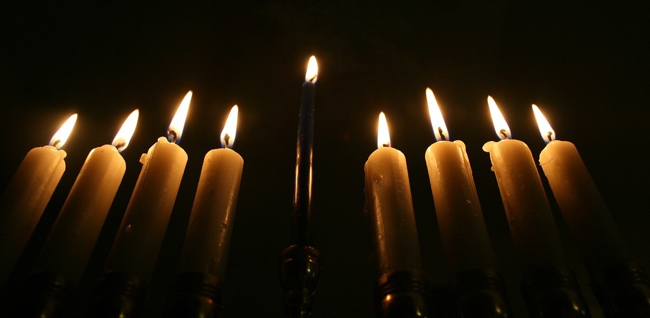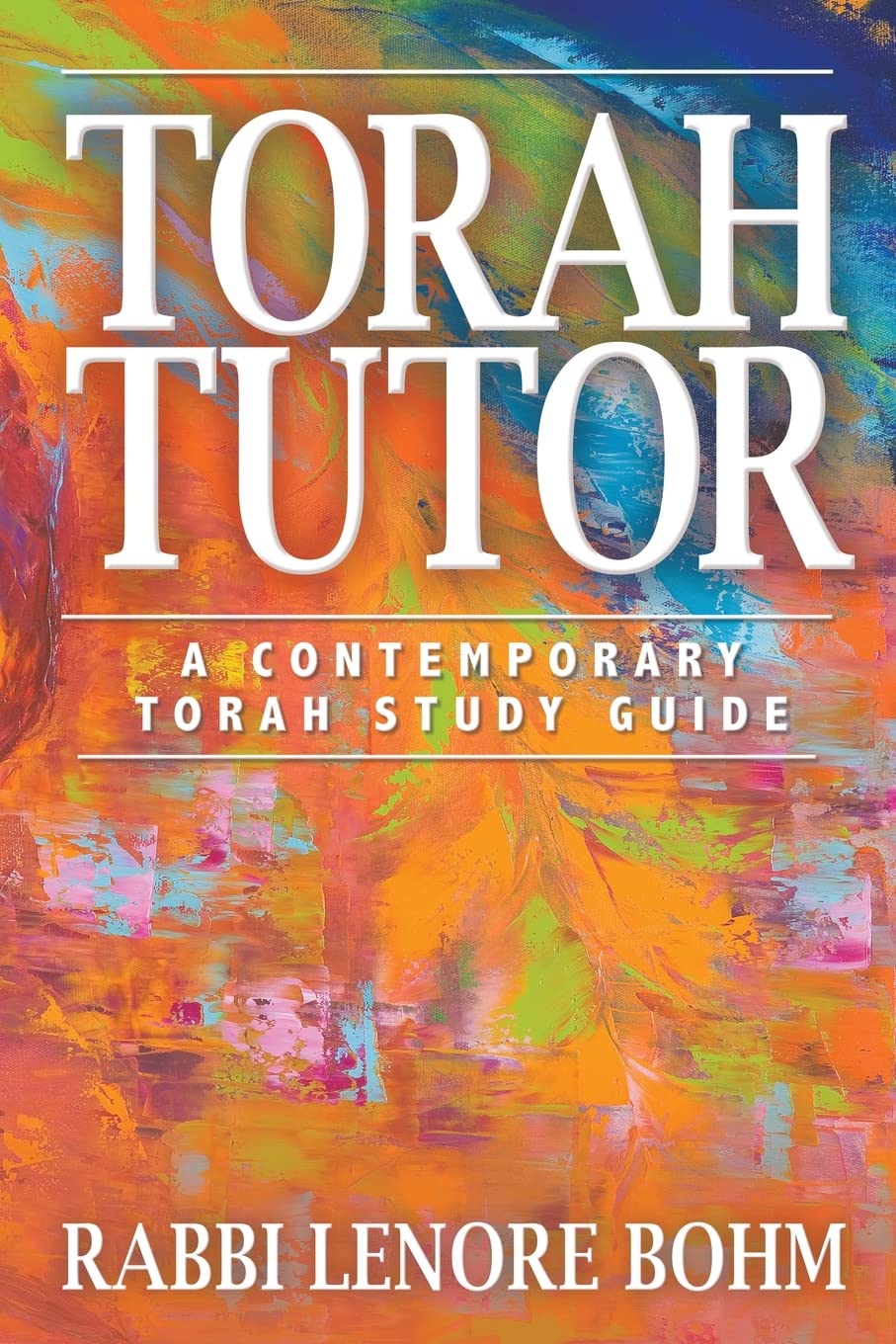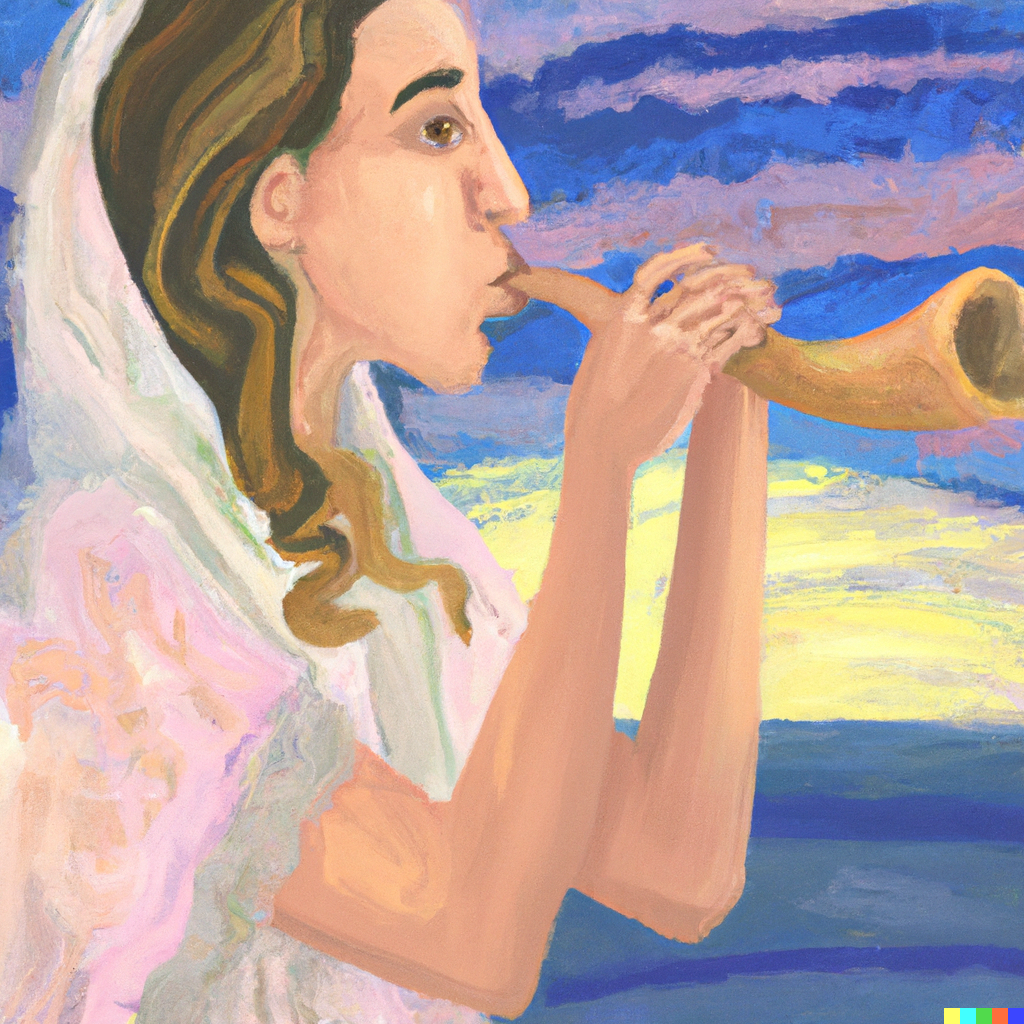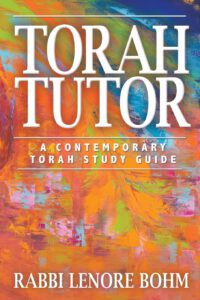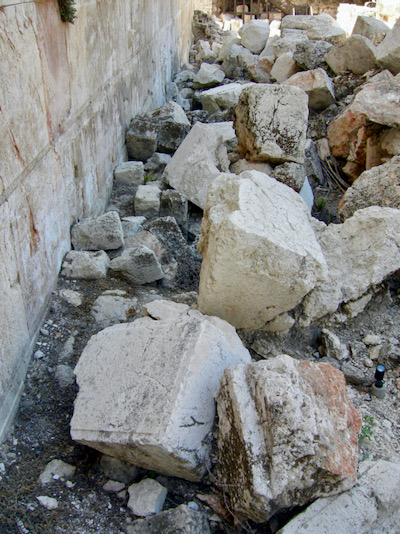The Broken Matzoh
By RABBI LENORE BOHM
Author of Torah Tutor: A Contemporary Torah Study Guide
“Yachatz” describes the portion of the Seder in which the middle of three pieces of matzah is split in two. The smaller piece is returned to the table, tucked in between the two remaining whole matzot, and the larger of the broken pieces is wrapped up and secreted away—the afikomen to be sought, found and eaten at the Seder’s conclusion. During Yachatz, we pretend not to see the act of hiding.
Only later is it announced, “Now is the time to search for the afikoman, the hidden, broken piece of matzah, that we all turned our attention to early on in the Seder and that we each must partake of in order to complete the Seder meal.”
If Passover is a holiday about found freedom and realized redemption, surely it also carries within its potent message a reminder to seek, name, taste and pay attention to that which is (those parts of us which are) not free or redeemed, that which is broken, cast away, rendered off limits.
We point to the whole matzah as a symbol of the slavery our ancestors endured and then rejected. We locate in the broken matzah our own cracked edges, our unfulfilled yearnings and unrealized potential. It suggests all the ways we are not (yet) whole, all within us that we feel compelled to hide, all about us that remains undiscovered, enslaved. The broken matzah represents the parts of us we or others reject. Therefore, we hide it.
But without finding “it,” the afikoman, it is impossible to continue with the Seder. And without acknowledging the broken and partial aspects of our ways of living, it is unlikely that positive growth and reconciliation will occur in our lives as individuals and in the world as a whole.
Why do we hide the broken matzah, only to retrieve and consume it later on? To me, this is a profoundly Jewish ritual for the following reason. It recognizes and allows us to act out the human tendency to want to hide or ignore those things about others and ourselves that reveal our fragility, weakness, and limitations. And then, the Seder script calls upon us to search for and hold aloft, in plain view, the found broken matzah, symbolic of all that we put energy into keeping out of sight and out of mind.
Not surprisingly, it is (our) children, those uncannily perceptive youngsters who sense our vulnerabilities most acutely, who triumphantly return to the table with the afikoman to announce in essence, “You can’t continue this celebration until you own up to having hidden things from us and yourselves. Admit to being less than whole and in need of repair as individuals, as families, as a Jewish community, as global citizens. Show us your good intentions to acknowledge these truths and then we can go on.”
So we negotiate their claims and our responsibilities and the Seder continues, but it does not reach its conclusion until we have each swallowed a piece of the very same broken matzah. In chewing and swallowing, we own—we claim—all that is partial, incomplete, rejected, and hidden away in ourselves and our world. We do so humbly, recognizing the many ways in which we are not (yet) whole and transparent.
Blessings accompany the myriad parts of the Seder, but no prayer is recited before we break the middle matzah on our Seder plate. It is a silent act, one that begs reflection: What in our lives and in our world is broken and in need of repair? What can we learn from that which is more hidden than revealed? For what do we quest in an attempt to become whole? What might actually bring us wholeness/shalom? Can we do something, anything, to heal the divisions that keep us from seeing and honoring all people, all creation?
Perhaps these thoughts and the following excerpt from Sharon Cohen Anisfeld as found in The Women’s Seder Sourcebook will add new perspective to the Sedarim I hope you will enjoy this season and remember for many years to come.
We lift the middle matzah and break it in two. …
The larger piece is hidden and wrapped in a napkin.
This is the afikoman.
It is up to the children to find it before the Seder can come to an end.
In this game of hide and seek,
We remind ourselves that we do not begin to know all that our children will reveal to us.
We do not begin to understand the mysteries that they will uncover,
The broken pieces they will find,
The hidden fragments in need of repair.
Together, may we make whole all that is broken.
.
.
